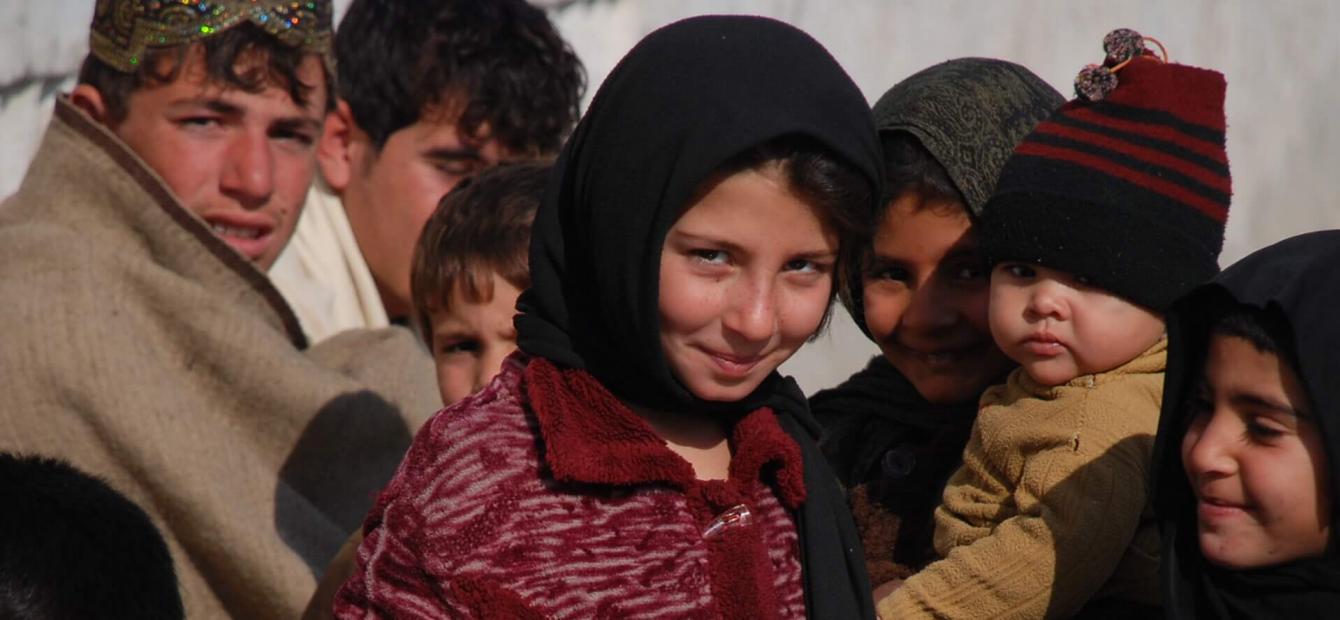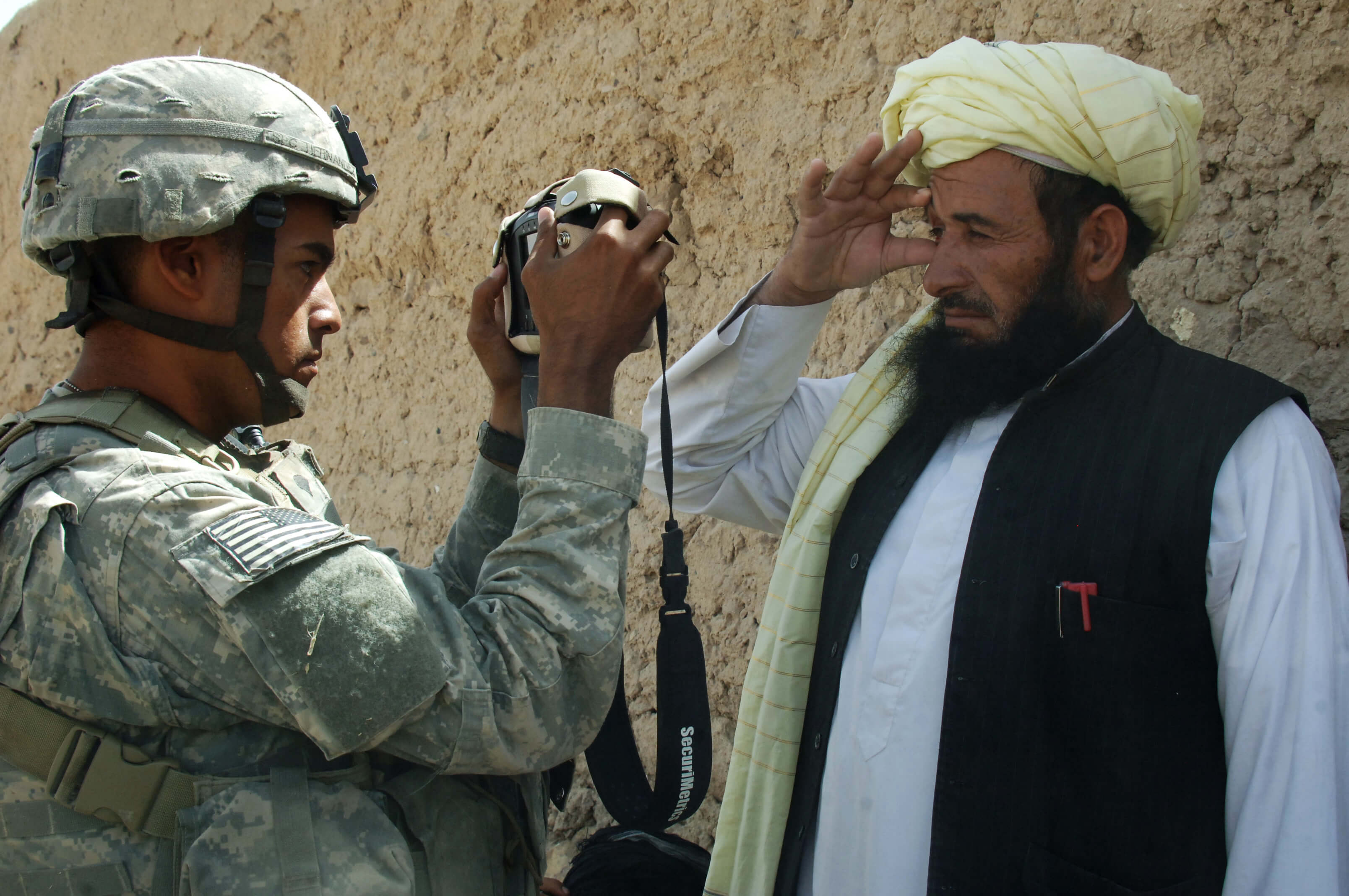
Will the US-Taliban agreement bring peace in Afghanistan?
Everybody talks about the momentum for peace in Afghanistan following the US-Taliban agreement signed on 29 February 2020 in Qatar’s capital Doha. What is really going on? Clingendael fellow Jorrit Kamminga has been working in Afghanistan for the past fifteen years and talks you through it in this explainer.
A peace deal?
No. The US-Taliban agreement is primarily about withdrawing US forces from Afghanistan. Obama tried to bring the troops home but failed and now Trump wants to deliver on his campaign promise to do the same.1
In return for withdrawal, the Taliban guarantees the country will never again be a safe haven or launchpad for international terrorism that can harm US security and interests.

How was the deal struck?
In September 2018 Trump appointed US Special Representative for Afghanistan Reconciliation Zalmay Khalilzad, a former US Ambassador to the country, to reach a deal with the Taliban.2
A month later, the first negotiations took place.
The US push to end this war – mainly driven by US domestic interests – has proven strong enough to reach a deal
The process took eleven rounds of direct talks over a period of roughly seventeen months. Negotiations were put on hold twice because of Taliban attacks in September3 and December4 2019. Yet, in the end the US push to end this war – mainly driven by US domestic interests – has proven strong enough to reach a deal.
What is the deal about?
Although not all details have been made public, the US has basically committed to withdrawing all US forces (around 12.000) within 14 months. The first 8.600 are expected to be withdrawn within 135 days after announcing the agreement, in mid-July.
It also talks about the release of 5.000 Taliban fighters from prison in exchange for 1.000 prisoners the Taliban has, and about taking Taliban members of the UN sanctions list. Lastly, the deal is presented as a first step towards so-called intra-Afghan peace talks, which were supposed to already start on 11 March, 2020.
So a step towards peace after all?
At best a very small step. Intra-Afghan peace talks are indeed the way forward, but the problem remains that the Taliban refuses to talk to the current government. Despite uncertainty and strife around the outcomes of the September 2019 Presidential elections[5], this government is still the most legitimate actor of the democratic system that the international community has supported since 2001.
However, instead of putting this government in the driver’s seat, the US singled out the Taliban for its negotiations which has left the current government in a very weak position.
Is this a victory for the Taliban?
It is a victory in the sense that the Taliban’s legitimacy has been emboldened at the expense of the democratically elected government. Although Khalilzad has consulted with president Ghani and kept him informed, the Afghan government has been completely side-lined in this deal (as have women, women’s organisations and other civil society groups5
).
That left the Taliban calling all the shots as they could fully exploit the US’ weak points in these negotiations: time pressure, loss of patience at home and Trumps search for electoral gains. A clear example is that neither the US nor the Afghan government were able to push the Taliban for a ceasefire in the run-up to the deal – instead having to accept the Taliban’s vague commitment to a ‘reduction in violence.’
It is astonishing the US is willing bet on the Taliban to prevent terrorism, while at the same time offering a bounty for the Taliban’s deputy as a ‘wanted terrorist’
Another example is more at the heart of the deal: It is quite astonishing that the US is willing to bet on the ability of the Taliban to prevent or counter any type of terrorist presence in Afghanistan, while at the same time the US still offers a bounty for the Taliban’s deputy, Sirajuddin Haqqani as a ‘wanted terrorist.’6
Was there an alternative?
Yes and no. In February 2018, President Ashraf Ghani proposed unconditional peace talks with the Taliban under the ‘Kabul Process for Peace and Security Cooperation.’7
This was quite a good offer as it included recognition of the Taliban as a legal political party and the release of prisoners.
The problem was that the Taliban refused to negotiate with a government that they see as illegitimate. Instead, they saw the US as their primary interlocutor. Two weeks before the Kabul Process offer, the Taliban published an open letter in which they asked the American people and US congressmen to put pressure on Trump to start talks.8
The impact of this outreach is not clear, but the fact is that the US held secret negotiations with the Taliban in July 2018. From that moment onwards, all eyes of Washington were set on the Taliban.
What can the Ghani administration do about it?
President Ghani is in a weak position. This is partly because of the US-Taliban talks and partly because the runner-up in the September 2019 Presidential elections, Abdullah Abdullah, has also claimed to be the rightful winner. Abdullah has even started to appoint provincial governors in some northern provinces.9
Nonetheless Ghani has some leverage. Although the Taliban does not recognise his government as legitimate, it also cannot be completely ignored in the next steps towards an intra-Afghan peace process. The first piece of leverage became evident immediately after the signing of the agreement as Ghani refuses to release the 5.000 prisoners that the Taliban consider as a precondition for intra-Afghan negotiations.10
Where is the silver lining?
Any step towards a reduction of violence and eventually perhaps a permanent ceasefire should be considered as better than the status quo: a protracted conflict of two decades with a tactical stalemate that has caused record numbers of civilian casualties in the past few years. But we should not think that an intra-Afghan peace process will now be easy sailing.
What’s next?
In the midst of continuing political rivalry between Ghani and Abdullah Abdullah, broader political divisions that are hard to overcome, and the refusal of the Taliban to sit down with the government, it will be a huge challenge to move to the stage of intra-Afghan peace talks and to determine who should be around the table.
Even if a formal peace process can start soon, it is therefore likely that several parallel processes will continue. The same happened in previous years where there was a separate track in Moscow11 in which various politicians and other power holders worked at cross purposes and competed for a prominent role in whatever type of political arrangement comes next.
Some sort of power sharing agreement with the Taliban seems logical, whether in the government or at least through guaranteed seats in parliament
Now that the Taliban are fully back as a legitimate political actor and they have considerable control over territories, some sort of power sharing agreement seems logical, whether in the government or at least through guaranteed seats in the two houses of parliament – similar to the deal the FARC got in Colombia.
The negotiations in Colombia lasted four years. In Afghanistan, they may take even longer as an agreement can only be sustainable if it somehow manages to simultaneously bridge national divisions while also getting all the regional powers on board; countries such as Pakistan, Iran, China, Russia and India that all have different and often conflicting interests.
- 1“Candidate Trump promised to stay out of foreign wars. President Trump is escalating them,” Vox, 25 August, 2017.
- 2“At center of Taliban deal, a U.S. envoy whoo made it personal,” The New York Times, 1 March, 2020.
- 3“Donald Trump pulls out of Afghan peace talks with the Taliban,” The Economist, 8 September, 2019.
- 4“US-Taliban talks ‘pause’ after suicide attack on American airbase,” Al Jazeera, 13 December, 2019.
- 5“Peace talks, the Taliban, and Afghan women’s uncertain future,” The New Yorker, 19 December, 2019.
- 6“Wanted: Information that brings to justice Sirajuddin Haqqani,” Rewards for Justice.
- 7“Afghaistan’s Ghani offers talks with Taliban ‘without preconditions’,” Reuters, 28 February, 2018.
- 8“Taliban publishes open letter to Americans,” The Telegraph, 14 February, 2018.
- 9“Abdullah’s team appoints ‘Acting Governor’ to Jawzjan,” Tolo News, 23 February, 2020.
- 10“Afghanistan did not commit to release 5,000 Taliban, Ghani says,” CNBC, 1 March, 2020.
- 11“Taliban co-founder emerges as the group’s new public face in Moscow peace talks,” The Washington Post, 29 May, 2019.




0 Comments
Add new comment